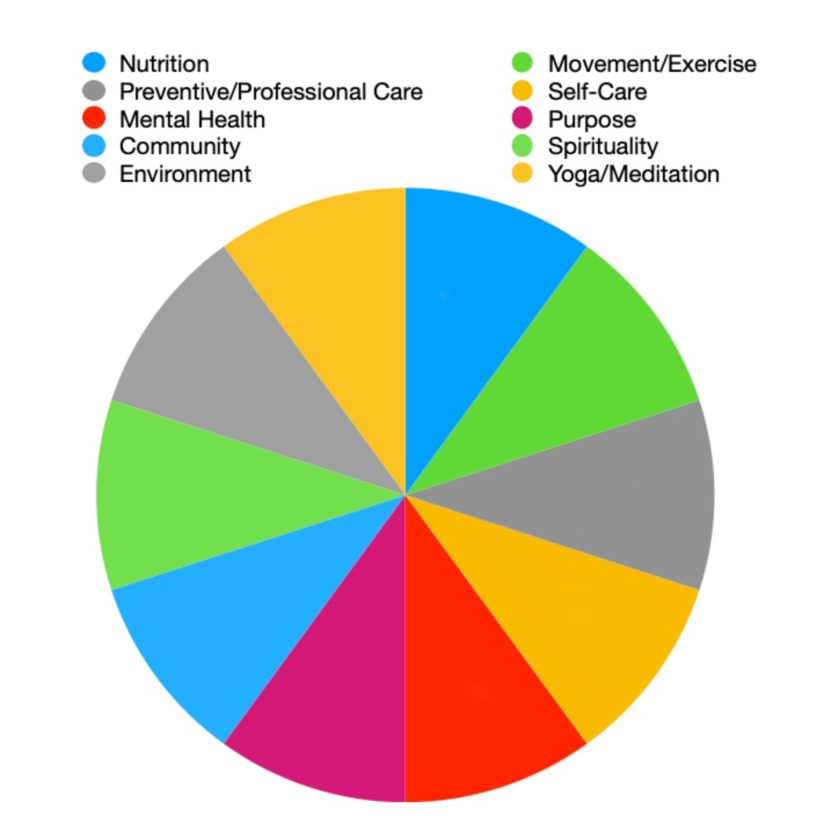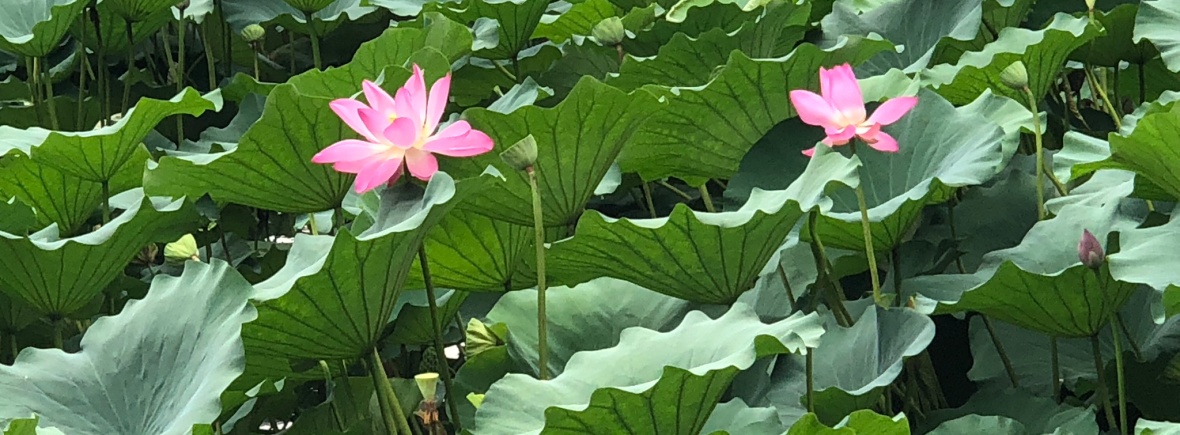Welcome to Whole Health and Energy Medicine
SUSTAINABILITY TIP #17
The importance of eating local produce: earth, economy, longevity

I saw this interesting poster hanging in a small neighborhood grocery store in Portugal. It reminds us of which fresh vegetables and fruit are in season. This chart, in turn, helps us with our meal planning. For multiple reasons, eating local seasonal produce is a more sustainable way to live.
The obvious ones are the reduction of CO2 emissions by not transporting food to far distant locations (but as technology improves, future transpiration may be carbon-free and sustainable). Produce transported long distances are typically picked under-ripe and artificially ripened with ethylene gas. In contrast, local produce can plant ripen and develop as nature intended. When picked at peak ripeness, produce is fresher, tastier, and more nutritious. More people are likely to prefer whole natural food over junk food when produce is fresher and more flavorful.
As you can see from the chart, eating what is in season encourages us to eat a wider variety of foods throughout the year. By consuming a wider variety of foods, we get a wider variety of nutrients. By buying locally, we help sustain our local economy too.
Furthermore, there are longevity benefits to eating what grows locally. During each season, plants receive seasonal energy from the sun and incorporate that energy into food. We humans also receive that very same energy from the sun through our eyes and skin. This energy synchronizes our internal clock.
Consuming food that mirrors our energy for that particulate time and space could provide energy that is in line with our bodies, creating a synergistic healthier dynamic flow down to the level of our DNA.
How does this affect those who live in climates where winters are too cold to sustain plant production for consumption?
Could this explain why all the Blue Zones are located in areas where produce can be grown all year round? Does eating food in tune with our sun’s energy keep our bodies functioning optimally? Is it a coincidence that a higher concentration of centenarians live in climates with moderate winters?

Besides weather, the Blue Zones share many other common factors that can be mimicked in colder climates. Expanding these factors may be necessary to compensate for the lack of fresh local produce. These others factors are a community of friends and family in a healthy environment, exercise, low stress, a sense of purpose, and eating until you are only 80% full. A variety of frozen plus transported whole foods is a necessary compromise to maintain much-needed nutrition during colder months.

So if you can’t have fresh local produce all year round, compensate by increasing the other sections of the pie chart to keep your circle at 100% complete.
The benefactor of living sustainability is you.
https://snaped.fns.usda.gov/seasonal-produce-guide
https://www.webmd.com/a-to-z-guides/what-are-biological-rhythms
This is your journey.


You must be logged in to post a comment.